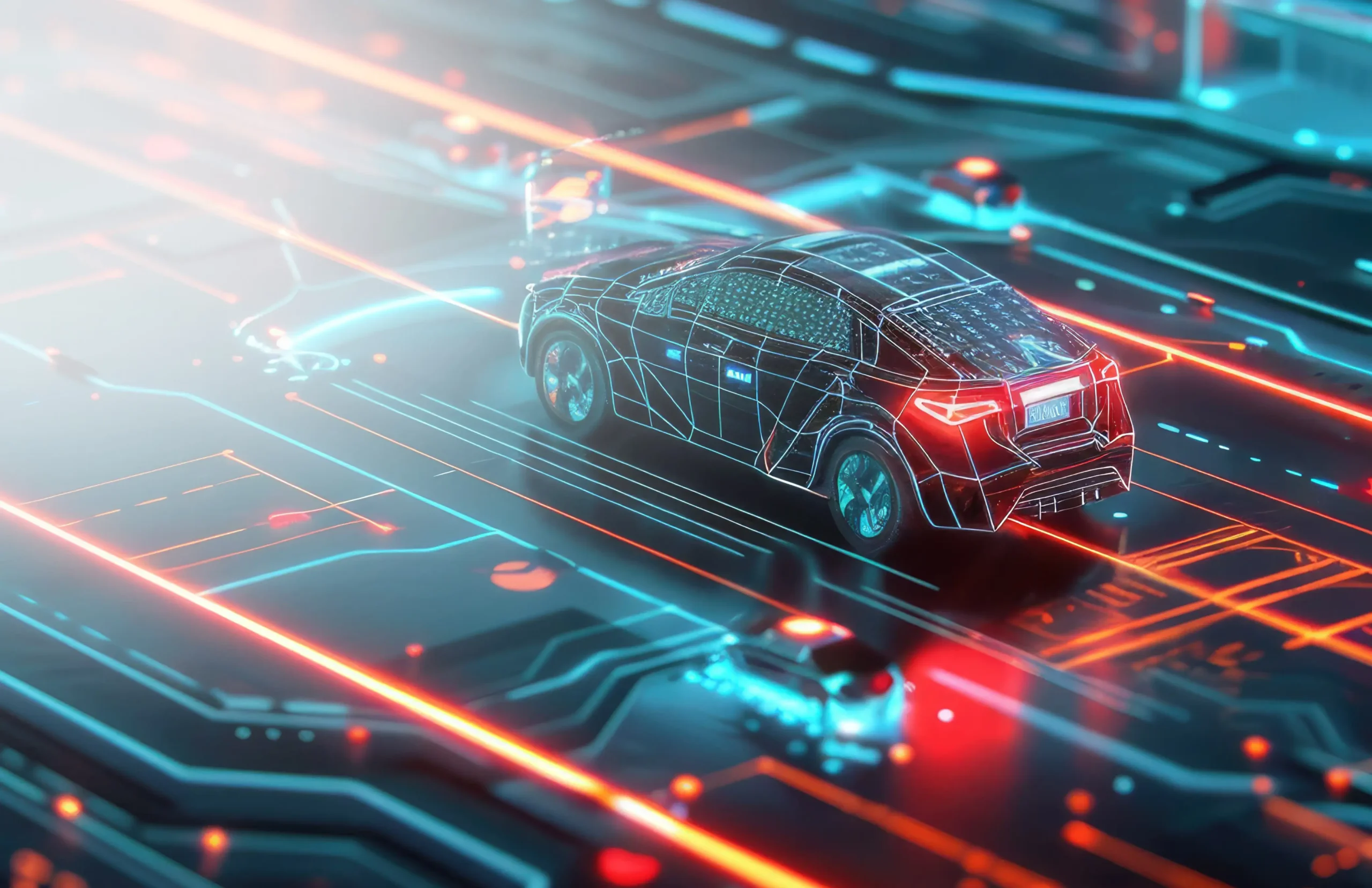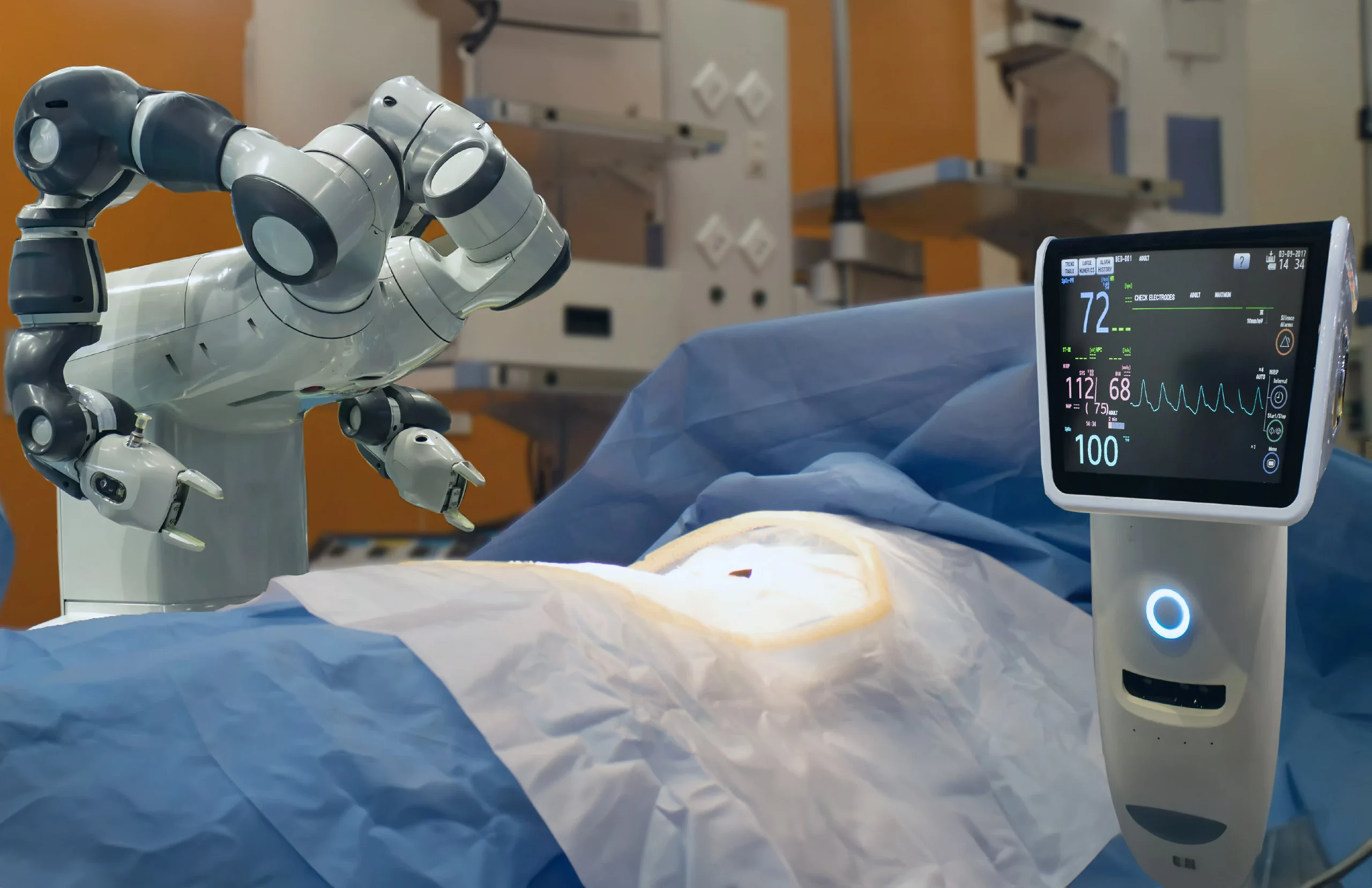Surgery and AI
Throughout the years, we have seen many examples where surgeons seem skeptical as to the practicality of dominant prosecutions in surgery. Although, there is a long list of dominant activities conducted during surgeries in medical history. At the beginning of the decade, AI started to grow along with its subsets such as ML, Computer Vision (CV), Deep Learning (DL), and others, and they have started to influence the surgical field progressively.
AI is used in this platform everywhere for risk stratification, imaging and diagnosis, genomics, identifying the accurateness of medicine, and drug discovery. However, the introduction of AI in surgery is comparably newer than in medicine, yet it has successfully reached a milestone. Surgical fields encompassing AI are prospering, especially the imaging and navigation systems, which are the most-used AI systems of this decade.
On the other hand, we can also discover the spontaneous expansion of robotics in the medical field. With this continuous growth, AI is likely to favorably transform the healthcare industry by enhancing the whole process by improving precision, quick remediation, and making it data driven.
AI Use Cases in Surgical Support
Now, let’s take a look at the AI use cases in surgery.
1. AI in pre-operative planning
Preoperative preparation is the stage where surgeons design the surgical procedure based on existing medical information. Apart from this, imaging is required to successfully perform the surgery. DL is now being used for image registration, anatomical classification, detection, and segmentation at this stage that uses general image-analysis techniques such as X-ray, CT, ultrasound, MRI with traditional ML.
CT scans of the brain can reveal abnormalities including calvarial fractures, intracranial hemorrhages, and midline shift with DL algorithms. DL can enable emergency treatment of these anomalies and is a potential key to future triage automation.
DL-based classification systems use a network architecture that consists of convolutional layers for extracting information from the input and fully connected layers for regressing the diagnostic value. For example, mortality, renal failure, and postoperative bleeding in patients after cardiosurgical care can be predicted by Recurrent Neural Network (RNN) in real-time with improved accuracy compared with standard-of-care clinical tools.
2. AI for Intra-operative guidance
AI can identify patients most likely to suffer from postoperative pain, nausea, and respiratory depression, and can assist in planning preventative measures to be implemented intraoperatively. Minimally Invasive Surgery (MIS) has always been regarded as a practice founded on Computer-assisted Intraoperative Guidance (CAG). Several MIS areas have implemented AI learning strategies such as tissue tracking.
For example, AI data from the past hundred or thousand procedures could be compared to current procedural data to detect a possible anomaly so that the surgeon could be notified. The system uses AI and infrared camera technology to analyze photos of sponges taken by an iPad in an operating or delivery room and quantify blood loss.
3. AI for Surgical Robotics
By applying AI to surgical robotics, it is possible to improve the performance of a surgical robotic system with enhanced accuracy, security, and efficiency. With the help of AI, robots can also suggest new surgical techniques to patients based on their previous operation history. Da Vinci cardio surgery, for example, is a robotic heart surgery performed through very small incisions in the chest that are made using robot-manipulated equipment and very small instruments. Cardio robotic surgery has been utilized for a variety of heart treatments including tumor removal, coronary artery bypass, heart-defect repair, valve surgery, and cardiac tissue ablation. Another example is a microsurgery intervention using an AI-driven robot. A surgical robot was utilized to suture blood arteries between 0.03 and 0.08 millimeters in a lymphedema patient.
4. Computer Vision (CV) and surgery
Computer Vision plays a huge role in object category, localization, discovery, and classification of a type in an image The unique benefits, as well as traits of CV, have established a brand-new meaning of AI in the world of clinical scientific research.
Procedures such as surgery and endoscopy may benefit significantly from the CV. Deep learning has several clinical applications, including improving surgeon performance with real-time contextual awareness, skill assessments, and training.
For example, a US-based business created an AI-based platform that leverages Computer Vision and cameras to recognize what’s occurring throughout the surgical procedure while cross-referencing a library of surgical guides and anticipating the following steps.
Laparoscopy is one surgery where AI tools are helping. Laparoscopic surgery involves small incisions, surgical instruments, and a laparoscope for minimally invasive surgery in the abdomen or pelvis. Video feeds are used in deep learning tools to identify the type of surgery being performed and the camera being used. For real-time guidance, AI models that are relevant to the procedure type are used.
Conclusion
AI is expanding its footprint in clinical systems ranging from databases to intraoperative video analysis. The unique nature of surgical practice leaves surgeons well-positioned to help usher in the next phase of AI, one that is focused on generating evidence-based, real-time clinical decision support designed to optimize patient care and surgeon workflow.
eInfochips, with its in-depth Silicon-to-Cloud engineering services expertise, is helping the medical industry to develop custom solutions as per changing market needs and user demands. We have strong expertise in ML solution development from concept to operationalization. We have helped customers across telehealth diagnostics solutions, remote patient monitoring systems, connected health platforms, auto-injector devices, portable medical equipment industry to build and roll out smart, connected products at scale using computer vision and NLP technologies. With our strategic partnerships with leading platform providers (Qualcomm and Nvidia), we can have early access to the next-generation AI and edge computing platforms.













